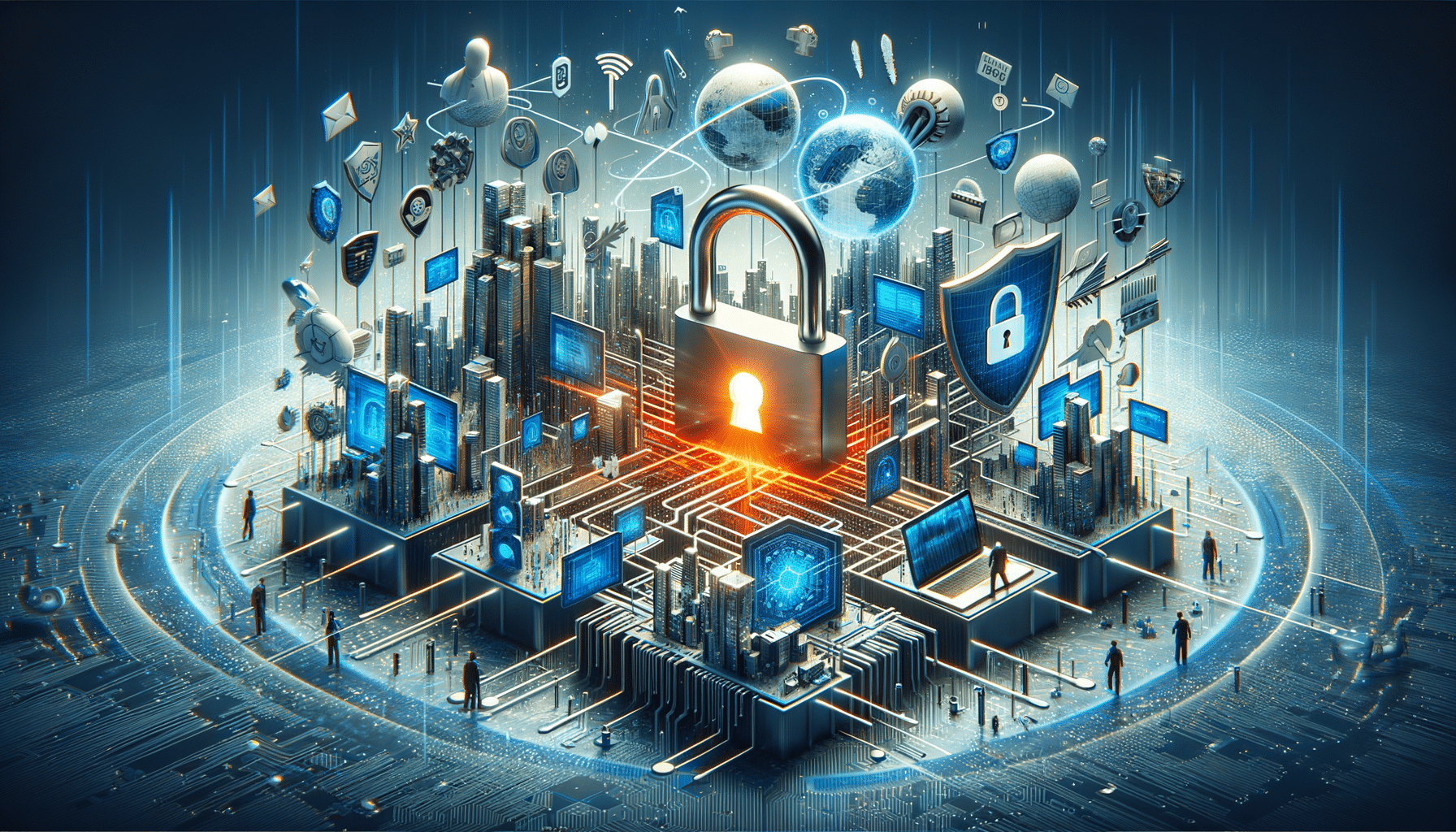
Master Cybersecurity: Your Essential Guide to Personal and Business Protection
Introduction to Cybersecurity
In today’s digital era, the importance of cybersecurity cannot be overstated. With the rapid advancement of technology, the risk of cyber threats has grown exponentially. Cybersecurity is vital for safeguarding sensitive data and ensuring the integrity of digital infrastructure. Whether for personal use or business operations, understanding and implementing cybersecurity measures is crucial to prevent unauthorized access and data breaches.
The landscape of cyber threats is constantly evolving, with cybercriminals employing increasingly sophisticated techniques to exploit vulnerabilities. This makes it imperative for individuals and organizations to stay informed and proactive in their approach to cybersecurity. By doing so, they can effectively protect themselves against potential threats and mitigate the impact of any security incidents.
In this comprehensive guide, we will explore various aspects of cybersecurity, providing valuable insights and practical advice on how to enhance your security posture. From understanding common threats to implementing robust security measures, this article will equip you with the knowledge needed to navigate the complex world of cybersecurity.
Understanding Common Cyber Threats
Cyber threats come in various forms, each with its own set of challenges and potential impact. Understanding these threats is the first step in developing an effective cybersecurity strategy. Some of the most prevalent cyber threats include:
- Malware: Malicious software designed to infiltrate and damage computer systems. It includes viruses, worms, and ransomware.
- Phishing: A deceptive attempt to obtain sensitive information by masquerading as a trustworthy entity, often through email or fake websites.
- Denial of Service (DoS) Attacks: An attack aimed at disrupting the normal functioning of a targeted server, service, or network by overwhelming it with a flood of traffic.
These threats can have severe consequences, ranging from financial loss to reputational damage. By staying informed about the latest threats and understanding their characteristics, individuals and organizations can better prepare themselves to defend against potential attacks.
It is also essential to recognize that cyber threats are not limited to external sources. Insider threats, where individuals within an organization exploit their access to sensitive information, can also pose significant risks. Therefore, implementing comprehensive security measures that address both external and internal threats is crucial for maintaining a robust cybersecurity posture.
Implementing Effective Cybersecurity Measures
To protect against cyber threats, it is essential to implement a multi-layered approach to cybersecurity. This involves deploying a combination of technical, administrative, and physical measures to safeguard digital assets. Some key strategies include:
- Regular Software Updates: Keeping software and systems up to date is crucial for patching vulnerabilities and preventing exploitation by cybercriminals.
- Strong Password Policies: Implementing strong and unique passwords, along with multi-factor authentication, adds an extra layer of security to user accounts.
- Data Encryption: Encrypting sensitive data ensures that even if it is intercepted, it remains unreadable to unauthorized individuals.
In addition to these measures, conducting regular security audits and risk assessments can help identify potential vulnerabilities and areas for improvement. By adopting a proactive approach to cybersecurity, organizations can significantly reduce the likelihood of successful cyber attacks and minimize the impact of any incidents that do occur.
Moreover, fostering a culture of cybersecurity awareness within an organization is vital. Educating employees about common threats and best practices can empower them to recognize and respond to potential security incidents effectively. This collective effort contributes to a more resilient cybersecurity posture.
The Role of Cybersecurity in Business Operations
For businesses, cybersecurity is not just a technical concern but a critical component of overall operations. A robust cybersecurity strategy can protect valuable assets, maintain customer trust, and ensure compliance with regulatory requirements. In today’s interconnected world, businesses of all sizes must prioritize cybersecurity to safeguard their operations and reputation.
One of the key challenges businesses face is balancing security with operational efficiency. Implementing stringent security measures should not hinder productivity or customer experience. Instead, businesses should strive to integrate security seamlessly into their operations, ensuring that it enhances rather than impedes business processes.
Furthermore, businesses must recognize that cybersecurity is an ongoing effort. As cyber threats continue to evolve, so too must the strategies and technologies used to combat them. This requires continuous monitoring, adaptation, and investment in cybersecurity resources.
By prioritizing cybersecurity, businesses can create a secure environment that fosters innovation and growth. This proactive approach not only protects against potential threats but also positions businesses as trustworthy and reliable partners in the digital landscape.
Conclusion: Staying Ahead of Cyber Threats
In conclusion, cybersecurity is an essential aspect of modern life, impacting individuals and businesses alike. By understanding common threats, implementing effective security measures, and fostering a culture of cybersecurity awareness, we can stay ahead of cyber threats and protect our digital assets.
As technology continues to evolve, so too will the landscape of cyber threats. It is imperative for individuals and organizations to remain vigilant and proactive in their approach to cybersecurity. By doing so, we can navigate the digital world with confidence, knowing that our data and systems are secure.
Ultimately, cybersecurity is a shared responsibility. By working together and staying informed, we can create a safer and more secure digital environment for everyone.


